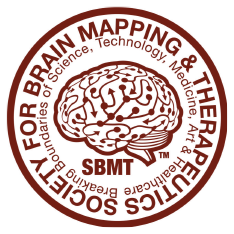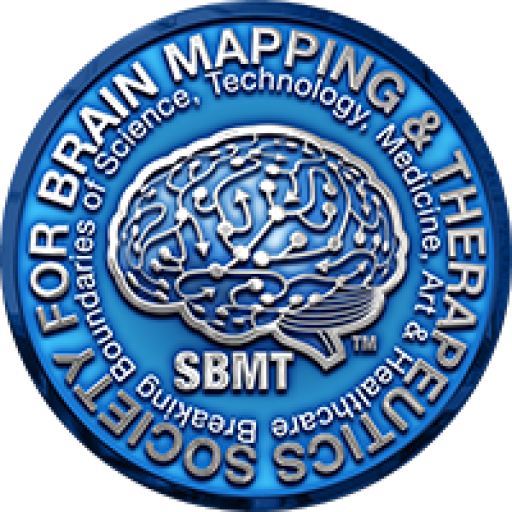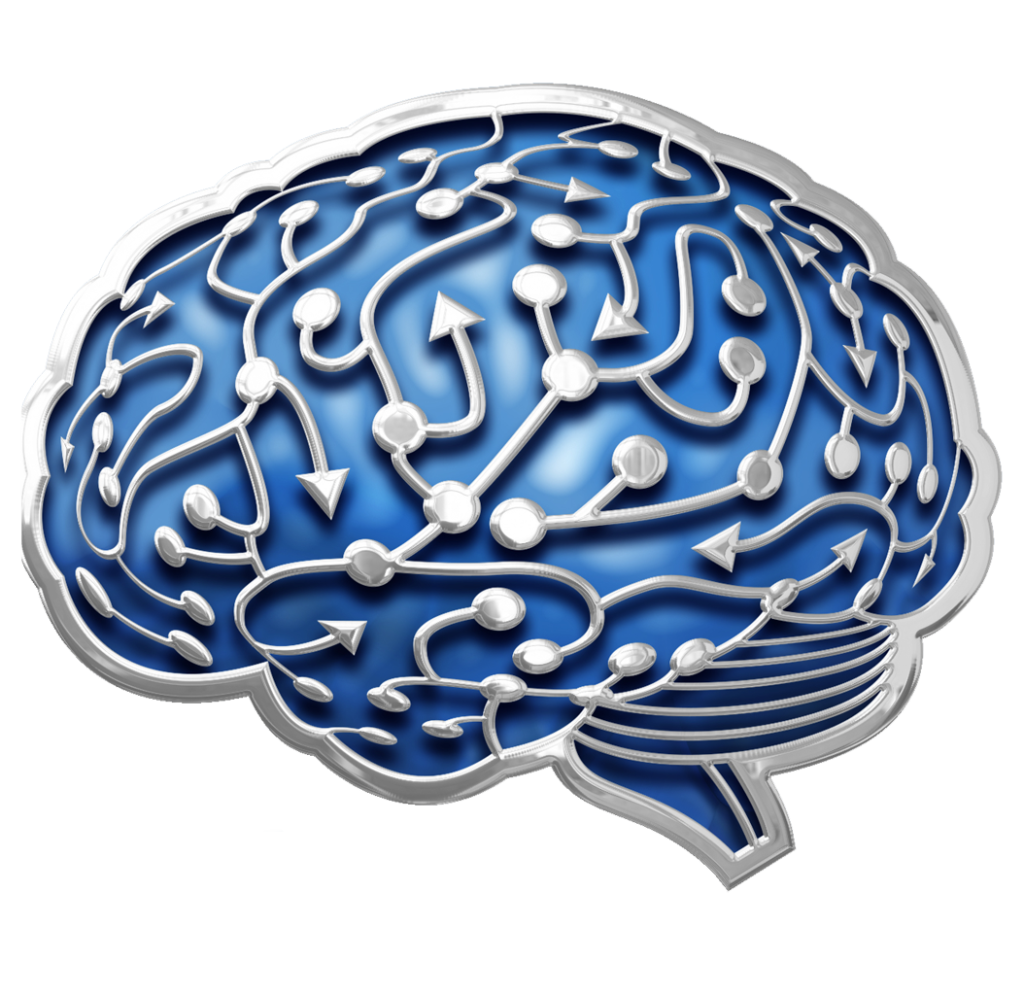Theodore W. Berger

Dr. Theodore W. Berger is the David Packard Professor of Engineering, Professor of Biomedical Engineering and Neuroscience, and Director of the Center for Neural Engineering at the University of Southern California. Dr. Berger received his Ph.D. from Harvard University in 1976, and conducted postdoctoral research at the University of California, Irvine and The Salk Institute. Dr. Berger joined the Departments of Neuroscience and Psychiatry at the University of Pittsburgh in 1979. While at Pittsburgh, he received a McKnight Foundation Scholar Award, twice received an NIMH Research Scientist Development Award, and was elected a Fellow of the American Association for the Advancement of Science. Since 1992, he has been Professor of Biomedical Engineering and Neuroscience at the University of Southern California, and was appointed the David Packard Chair of Engineering in 2003. While at USC, Dr. Berger has received an NIMH Senior Scientist Award, was given the Lockheed Senior Research Award in 1997, and was elected a Fellow of the American Institute for Medical and Biological Engineering in 1998. Dr. Berger also received a Person of the Year “Impact Award” by the AARP in 2004 for his work on neural prostheses, was a National Academy of Sciences International Scientist Lecturer in 2003, and an IEEE Distinguished Lecturer in 2004-2005. Dr. Berger was elected a Senior Member of the IEEE in 2005, received a “Great Minds, Great Ideas” award from the EE Times in the same year, and in 2006 was given the USC Associates Award for Creativity in Research and Scholarship. Dr. Berger became Director of the Center for Neural Engineering in 1997, an organization which helps to unite select USC faculty with cross-disciplinary interests in neuroscience, engineering, and medicine. Dr. Berger has published over 200 journal articles and book chapters, and is the co-editor of a book published by the MIT Press on Toward Replacement Parts for the Brain: Implantable Biomimetic Electronics as Neural Prostheses. In addition, Dr. Berger will be the lead co-editor of a book soon to be published by Springer-Verlag on Brain-Computer Interfaces: An International Assessment of Research and Development Trends.
The research of Dr. T.W. Berger involves the complementary use of experimental and theoretical approaches to developing biologically constrained mathematical models of mammalian neural systems. The focus of the majority of current research is the hippocampus, a neural system essential for learning and memory functions. The goal of this research is to address three general issues: (1) the relation between cellular/molecular processes, systems-level functions, and learned behavior; (2) the extent of which the functional dynamics of neural systems are altered by activity-dependent synaptic plasticity; (3) the extent to which the essential functions of a neural system can be incorporated within a hardware representation (e.g., VLSI circuitry).
Experimental studies involve the use of extracellular, intracellular, and whole-cell electrophysiological recording techniques, applied in vivo using anesthetized and chronically implanted animals, and in vitro using hippocampal slice preparations. A number of neurobiological issues are being investigated, including: (1) quantifying the signal processing capabilities of hippocampal neurons and the extent to which these capabilities reflect regulation due to feedforward and feedback circuitry vs. intrinsic neuronal mechanisms, such as voltage-dependent conductances or second messenger biochemical systems; (2) the spatio-temporal distribution of activity in neural networks and its dependence on input pattern and network connectivity; (3) the cellular mechanisms underlying changes in the strength of connections among neurons, i.e., synaptic plasticity, and the influence of synaptic plasticity on signal processing characteristics of neurons and the spatio-temporal distributions of activity in networks.
These and other experimental studies are used in conjunction with several different theoretical approaches to develop models of: (1) the nonlinear, input/output properties of single hippocampal neurons and circuits composed of several populations of hippocampal neurons (in collaboration with Dr. V. Marmarelis, Biomedical Engineering, USC), (2) the hierarchical relationship between synaptic and neuronal events (in collaboration with Dr. G. Chauvet, Institute for Theoretical Biology, University of Angers, France), (3) the kinetic properties of glutamatergic receptor subtypes, and (4) adaptive properties expressed by the “hippocampal-like” neural networks implemented with analog VLSI technology (in collaboration with Dr. B. Sheu, Electrical Engineering, USC).





